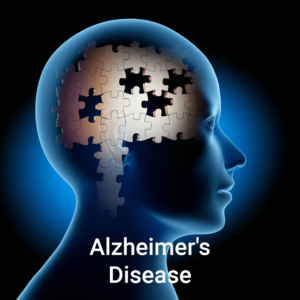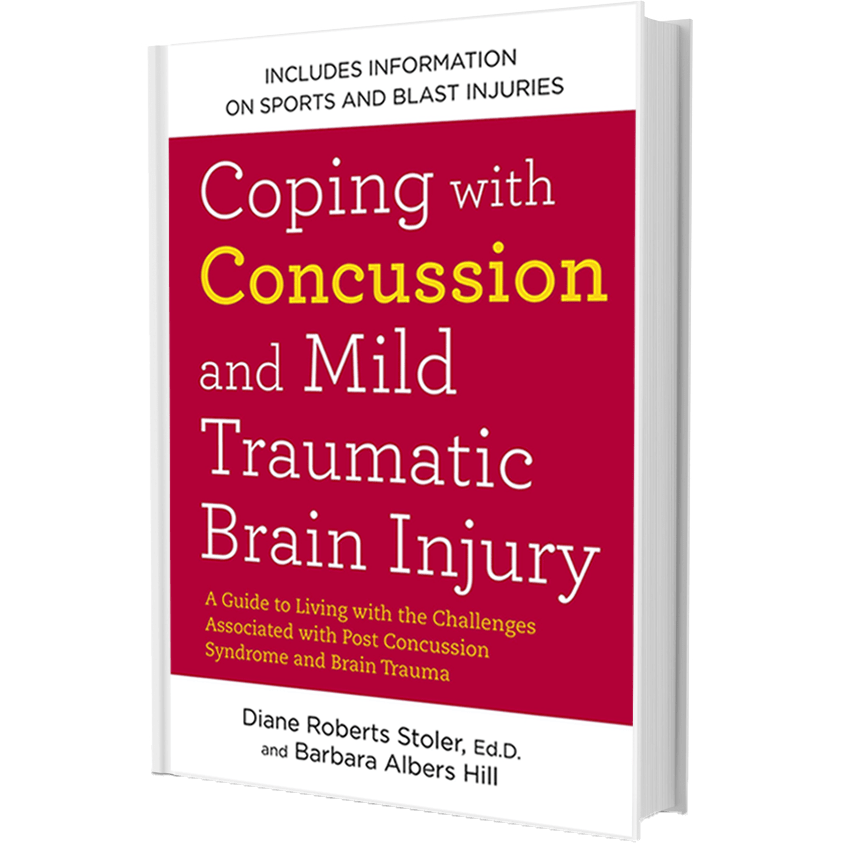Alzheimer’s Disease (AD)
There is an estimated 5.8 million Americans living with Alzheimer’s disease. According to Alzheimer’s Association, that number is projected to rise to almost 14 million by the year 2050. Currently, it is the 6th leading cause of death in the United States.
Alzheimer’s has no current cure. Yet, there are available treatments and research continues. Alzheimer’s treatments cannot stop the disease from progressing even with early detection. Treatments and some medications can slow the worsening of symptoms. Researchers are still searching to learn more about the disease process and find a cure.
There is a worldwide effort under way to find better ways to treat the disease and delay its onset. Hopefully continued extensive research will lead to ways of preventing Alzheimer’s from developing.
Alzheimer’s Disease Fundamentals
Normal Tau protein has an important role in the brain. In neurodegenerative diseases, such as Alzheimer’s, abnormal tau accumulates in brain cells. This damages neural connections and neuron cells, impeding communication with each other. As damage spreads, cells lose their ability to do their jobs. Eventually the cells die, causing irreversible changes in the brain. It’s the destruction and death of nerve cells that causes memory failure, personality changes, problems carrying out daily activities and other symptoms of Alzheimer’s disease.
Without a current cure, doctors can only help reduce symptoms. Symptoms can be improved with the methods such as diet and Neurofeedback.
How is Alzheimer’s diagnosed?
Doctors will evaluate a patient’s medical history, symptoms, and personality or behavioral changes. Laboratory tests, comprehensive memory testing and molecular imaging may also be ordered. These tests can provide useful information for diagnosis, including ruling out other conditions that cause similar symptoms.
Molecular imaging techniques, such as positron emission tomography (PET) and single photon emission computed tomography (SPECT), provide comprehensive pictures of what is occurring inside the body on a molecular and cellular level.
Widely used in Alzheimer’s diagnosis is a probe called T807. When the probe is tagged with a radioactive isotope, its binding to abnormal tau can be detected using a PET scan, indicating the presence Alzheimer’s disease.
New Studies on Alzheimer’s Disease
Scientists at Dana-Farber Cancer Institute and Massachusetts General Hospital (MGH) have developed a new molecular tool to remove toxic protein from nerve cell models in dementia. This development represents the first successful method of clearing abnormal tau protein from human neurons.
The new tool, called QC-01-175, repurposes T807. Radioactive isotope in the probe is replaced with enzymes, such as E3-ligase. E3-ligase is an enzyme known to breakdown proteins.
By doing this, the abnormal tau is bound to ubiquitin proteins – or ubiquitinated.
In ubiquitination, a protein is inactivated by attaching ubiquitin to it. Ubiquitination sends the unwanted tau to the cell’s proteasome, where it’s broken down and eliminated.
Ultimately, QC-01-175 becomes a device for transporting abnormal tau into the cell’s disposal system.
“This innovative strategy of controlling protein proximity to enable targeted protein degradation represents a powerful approach to potentially develop therapeutics for what have been otherwise intractable diseases of the brain,” says Stephen J. Haggarty, PhD, of MGH Department of Neurology, the co-senior author of the paper with Nathanael Gray, PhD, of Dana-Farber. “We are tremendously excited about the potential for further translation of these tools to enable the development of novel therapeutics for a wide range of neurological diseases.”
Scientists are currently working on improving the quality and efficiency of the probe. This may help to catch early onset Alzheimer’s and lead to more studies. If research is successful this may allow for the possibility of curing Alzheimer’s disease and other similar diseases.
Future of AD
The probe may be one of the first steps in the larger race to a cure for Alzheimer’s because it moves towards targeting the disease directly. When paired with E3-ligase molecules, it may work to eliminate the proteins altogether. The hope is continued discoveries, such as this, will lead to new treatments. After treatment, Neurofeedback is a method that can promote recovery of the neuron connections. This will assure future Alzheimer’s survivors a quicker recovery of brain function.
Neurofeedback is non-invasive and painless therapy which involves re-training your brain to function better. Neurofeedback training relies on the neuroplasticity of the brain and its ability to learn and rewire itself to compensate for areas that have been damaged by disease or injury.
If you or a loved one is experiencing challenges with memory, attention, communication, or judgment, and/or feeling depressed, neurofeedback training can help improve symptoms.



